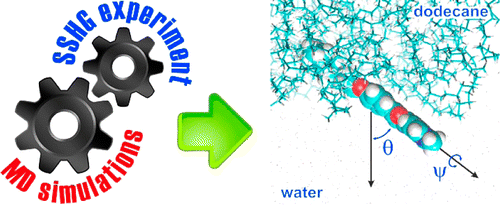-
Substituent and Solvent Effects on the Excited State Deactivation Channels in Anils and Boranils
J. Dobkowski, P. Wnuk, J. Buczynska, M. Pszona, G. Orzanowska, D. Frath, G. Ulrich, J. Massue, S. Mosquera-Vázquez, E. Vauthey, C. Radzewicz, R. Ziessel and J. Waluk
Chemistry - A European Journal, 21 (3) (2015), p1312-1327


DOI:10.1002/chem.201404669 | unige:44951 | Abstract | Article HTML | Article PDF | Supporting Info

Differently substituted anils (Schiff bases) and their boranil counterparts lacking the proton-transfer functionality have been studied using stationary and femtosecond time-resolved absorption, fluorescence, and IR techniques, combined with quantum mechanical modelling. Dual fluorescence observed in anils was attributed to excited state intramolecular proton transfer. The rate of this process varies upon changing solvent polarity. In the nitro-substituted anil, proton translocation is accompanied by intramolecular electron transfer coupled with twisting of the nitrophenyl group. The same type of structure is responsible for the emission of the corresponding boranil. A general model was proposed to explain different photophysical responses to different substitution patterns in anils and boranils. It is based on the analysis of changes in the lengths of CN and CC bonds linking the phenyl moieties. The model allows predicting the contributions of different channels that involve torsional dynamics to excited state depopulation.
